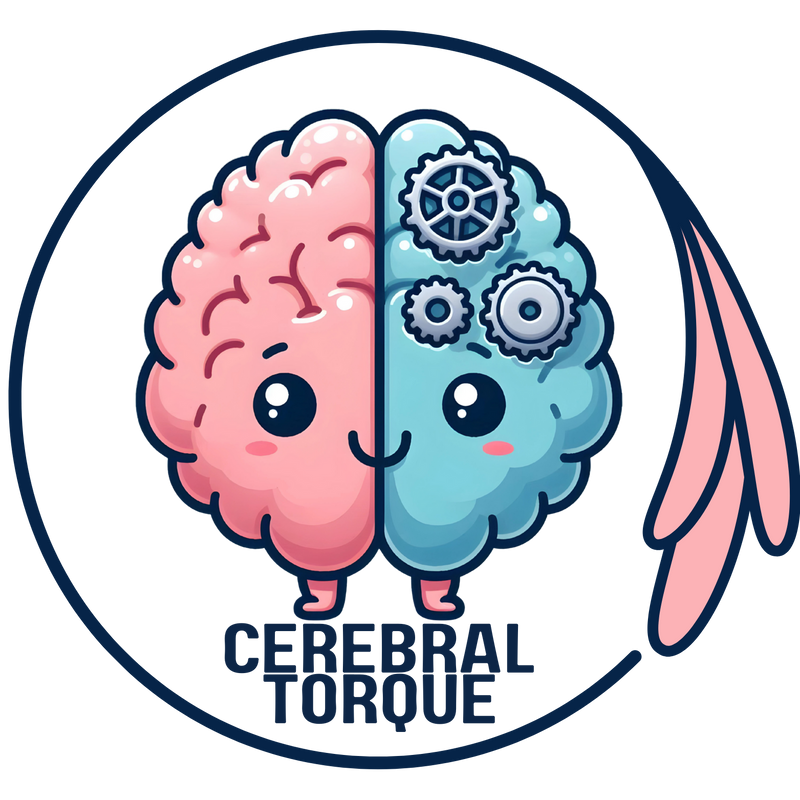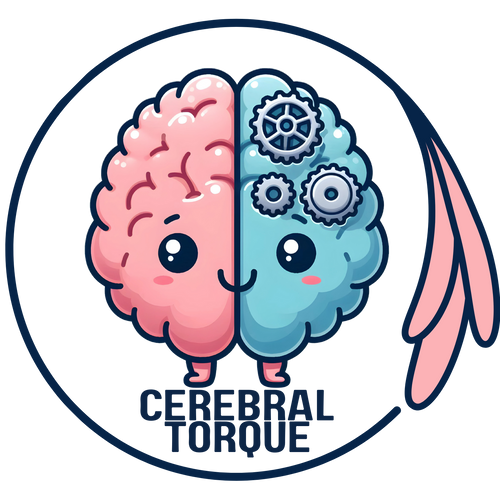Biofeedback Types for Migraine Treatment
Posted on March 11 2025,
Biofeedback is a non-invasive, non-pharmacological approach that enables individuals to gain control over physiological processes linked to migraine, such as muscle tension, blood flow, and brain activity. Using monitoring equipment, it provides real-time feedback, allowing patients to learn self-regulation techniques that may reduce migraine frequency, duration, and severity.
| Type of Biofeedback | Description | Targeted Process | Application in Migraine | Evidence/Notes |
|---|---|---|---|---|
| Thermal Biofeedback | Trains patients to increase skin temperature, typically in the hands, to promote relaxation. | Peripheral blood flow and relaxation | Reduces stress and tension, common migraine triggers | Effective in reducing headache frequency and severity vs. waiting-list controls (Penzien & Irby, 2024; Paudel & Sah, 2025) |
| EMG (Electromyography) Biofeedback | Trains patients to reduce muscle tension, often in the forehead or neck. | Muscle tension | Decreases muscle tension that can trigger or exacerbate migraine attacks | Effective vs. waiting-list controls for reducing headache frequency and severity (Penzien & Irby, 2024; Paudel & Sah, 2025) |
| BVP (Blood Volume Pulse) Biofeedback | Trains patients to constrict the temporal artery, mimicking abortive medications. | Blood flow in the temporal artery | Prevents vasodilation associated with migraine attacks | Specifically designed for migraine; effective vs. waiting-list controls but not superior to active treatments (Penzien & Irby, 2024; Paudel & Sah, 2025) |
| EEG Biofeedback (Electroencephalography / Neurofeedback) |
Trains patients to modify brainwave patterns, potentially reducing cortical excitability. | Brain activity | May decrease migraine likelihood by altering brainwave patterns | Early research is promising; more studies needed to confirm efficacy (Penzien & Irby, 2024; Paudel & Sah, 2025) |
| HRV (Heart Rate Variability) Biofeedback | Trains patients to increase heart rate variability through breathing or mindfulness exercises. | Autonomic nervous system balance | Reduces stress and promotes relaxation, addressing autonomic dysregulation in migraine | Supported by studies (Paudel & Sah, 2025; Minen et al., 2021; Cuneo et al., 2023); effective in reducing migraine frequency, severity, and associated symptoms like anxiety |
References
- Penzien, D. B., & Irby, M. B. (2024). Biobehavioral treatments of migraine. In J. W. Swanson & M. Matharu (Eds.), Handbook of Clinical Neurology (Vol. 199, 3rd series, pp. 155-169). Elsevier.
- Paudel, P., & Sah, A. (2025). Efficacy of biofeedback for migraine: A systematic review and meta-analysis. Complementary Therapies in Medicine.
- Minen, M. T., Corner, S., Berk, T., Levitan, V., Friedman, S., Adhikari, S., et al. (2021). Heart rate variability biofeedback for migraine using a smartphone application and sensor: A randomized controlled trial. General Hospital Psychiatry, 69, 41-49.
- Cuneo, A., Yang, R., Zhou, H., Wang, K., Goh, S., Wang, Y., et al. (2023). The utility of a novel, combined biofeedback-virtual reality device as add-on treatment for chronic migraine. Clinical Journal of Pain, 39, 286-296.
Mon, Nov 17, 25
Migraine Research - During the week of my absence.
Migraine Research - During the week of my absence. The Association Between Insomnia and Migraine Disability and Quality of Life This study examined how insomnia severity relates to migraine disability...
Read MoreSat, Nov 01, 25
Anti-CGRP Monoclonal Antibody Migraine Treatment: Super-Responders and Absolute Responders and When to Expect Results
Anti-CGRP monoclonal antibodies achieved 70% super-response and 23% complete migraine freedom in a one-year study. Most dramatic improvements occurred after 6 months of treatment. For patients with chronic or high-frequency...
Read MoreAll Non-Invasive Neuromodulation Devices for Migraine Treatment
Wondering if migraine devices actually work? This guide breaks down the latest evidence on non-invasive neuromodulation devices like Cefaly, Nerivio, and gammaCore. Learn which devices have solid research backing them,...
Read More



